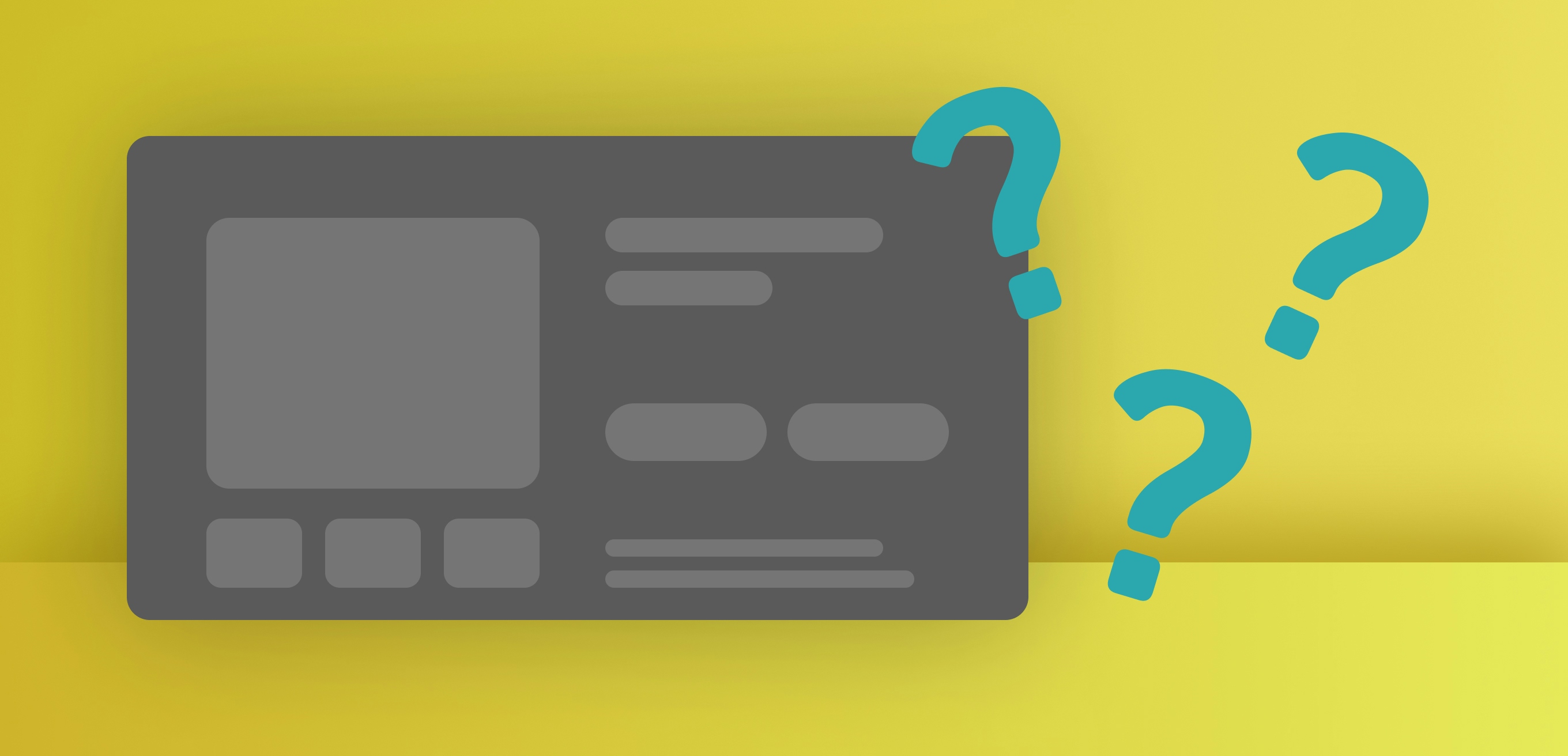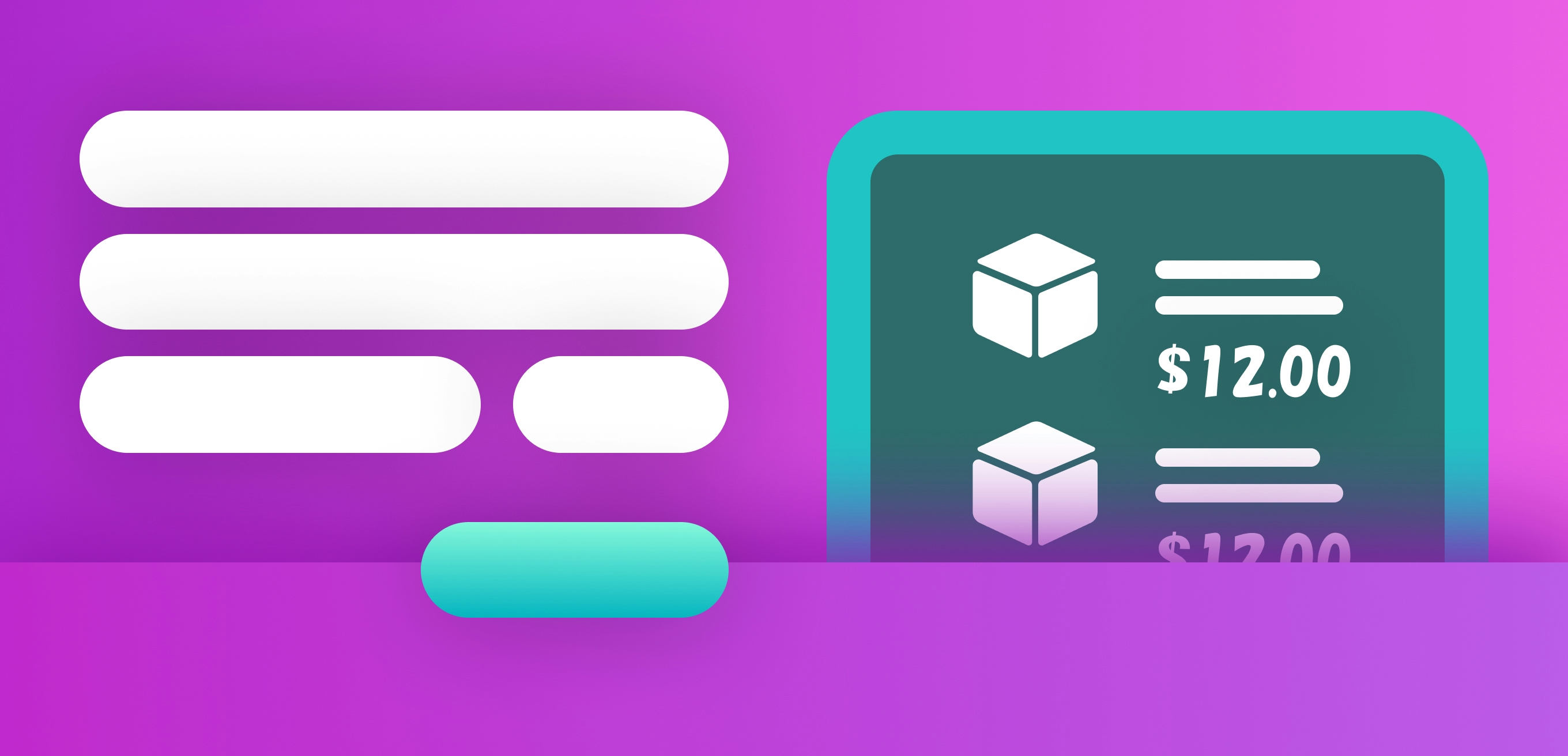Shopify product page design: Low conversion rate? Make sure you're answering questions
By Philip Dematis · 2/21/2024 · 5 minutes read
Designing a Shopify store takes effort, but it has to be done with the right focus in mind.
A very common issue is the design focusing on the wrong aspects.
Rounded corners on the checkout button are nice. But if your visitors are leaving the website before they even look at your checkout button, or even add a product to cart, maybe you should be wondering if the problem is elsewhere.
In the shoes of your store’s visitor
Open one of your product pages. To get a better idea, go to Themes and check your most used device category, and use that to visit the page.
Imagine you don’t know anything about the store. You may know what product it sells, and you may be familiar with the industry.
Then read the entire page, top to bottom.
Can you answer the below questions?
What product is this, and what does it do?
The answer may be easy.
A t-shirt doesn’t need much explanation.
But if you’re selling a gadget, a device, a part, etc., is it 100% clear what it is that you’re looking at?
Many times, you’ll see product titles that don’t actually tell you what the product is. Or they do, but they have about a dozen extra words in between.
Other times, product images don’t show the product in its entirety. What does it look like from the left, or the right? Are there aspects I need to see before I make a decision?
Or the product description lists a lot of features, but fails to tell the visitor what the product actually is.
And don’t forget, most stores sell to the general audience. Keep your copy simple. Use Shopify Magic to simplify texts.
Another tip: For SEO, you can update your page title and description separately. Scroll down to SEO on your Shopify admin product page.

Will the product work for me, and how?
Try to think of any questions that your visitors might have about your products.
Make sure they won’t feel that they may buy it, and then end up not using it for some reason.
Include information like size guides, care instructions, detailed technical specifications.
T-Shirt? How does sizing work? Computer part? What is it compatible with? Food item? What ingredients does it have?
Don’t just write AI generated product descriptions for SEO.
And most products are simple in their functionality. But there are many products that need a process to install or use. Do your visitors have unanswered questions about these? Someone else might be selling a similar product that requires “no technical knowledge to install”. Then what does yours require?
This may also prevent a lot of returns and refunds.
In most Shopify themes, these sections can help you present the content: Collapsible, Video, Multicolumn.

Why should I buy from here?
Your visitor may have 10 browser tabs open, with the same product from 10 different stores.
If your price is the lowest, that's a good enough reason for them to buy from you.
But what if you aren’t competing on price?
Then your visitors should find it very easy to explain why your store is the best place to buy from.
It could be because you ship the fastest. Because you give guarantees. Because they don’t get the same quality elsewhere. Because you can prove that everyone buys from you (social proof).
But there has to be a reason.
You don’t think they’ll find a reason on any of the other 10 open tabs?

When will I receive the product, and how much does shipping cost?
You don’t need to show your entire shipping policy on the product page.
But if I open a product page, is it easy for me to find out how long it will be until I get the product? And how much it costs to ship?
If there’s another store that offers free shipping, then what do you offer?
I’m not saying that I won’t buy from you. But do I have to go through 3 clicks and read a 1000 word policy to figure out your shipping rates?
Even worse, do I have to add an item to cart, go to checkout and fill in all my info, just to find out? (This is a common reason for abandoned checkouts.)
Don’t make it difficult for the visitor to answer these questions.
Show the info, or show links to the info that are easy to find and reach. (Tip: they should open in a new tab.)
For this, most Shopify themes will let you add simple text blocks on the product section. These will be easy to find for a user. Make sure they don’t take away from the Add to cart button. And if you have a specific value per product, you can use dynamic sources.

What evidence do I have that the store isn’t a scam?
Anyone can spin up an online store these days, in a matter of minutes.
E-commerce is a large industry, with a huge audience. You bet that there are scammers trying to take advantage of that.
You pay, they get the money, and they never send you the products. After a while, they shut down the store.
It’s obvious that people are aware of this.
When you open a product page, is there any evidence that you’re not a scammer?
To take it one step further, is it blatantly obvious that your store couldn’t possibly be a scam?
So you need trust signals.
These are usually reviews, testimonials, footer with links to social media, contact info, all the required policy pages, etc.
Shopify has apps that help with these, for example product review apps.

Don’t be afraid to show a lot of content
Sometimes it’s easy to make this mistake.
There are cases where removing all secondary elements from a page increases the conversion rate.
But you need to properly test a minimal product, collection, cart or home page. Otherwise, you can’t tell if this is the case for your website.
And it’s true that many visitors skim and don’t read.
But this is not true for all visitors. There are people who are actually interested in buying from you, but want some questions answered.
So answer all of them.



